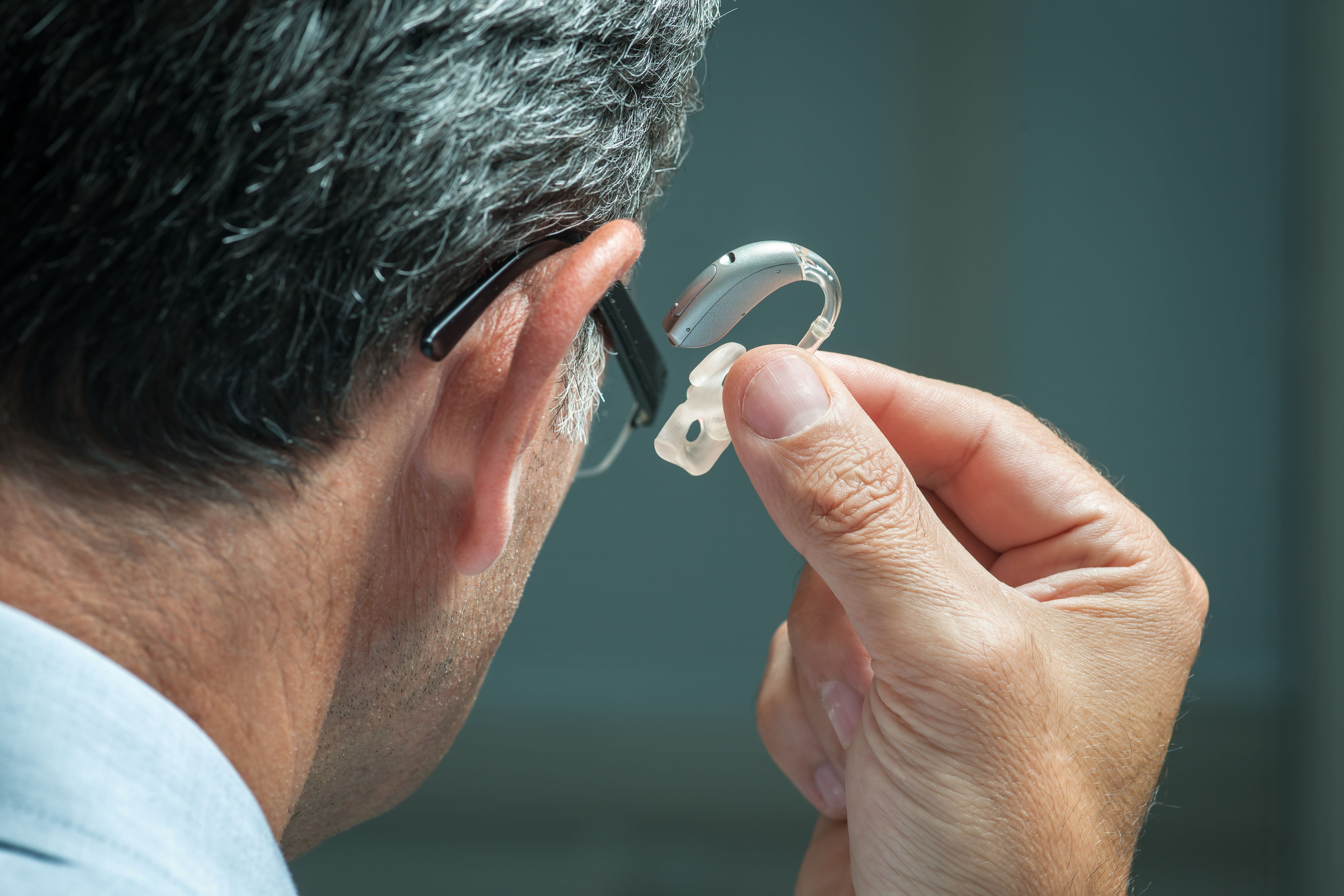Publication
Article
Pharmacy Times
Advances in Hearing Technologies Expose Concerns About Data, Conflicts of Interest
Author(s):
As OTC hearing devices emerge and technologies advance, pharmacists can provide trustworthy recommendations and advice to patients
Many individuals will deal with hearing challenges at some point in their lives, as approximately 15% of American adults (37.5 million) aged 18 years and older report some trouble hearing.1 Although effects vary, hearing loss can present differently for different patients.
Image credit: Alexander Raths | stock.adobe.com

Research has shown that adults aged 60 years and older often experience some degree of hearing loss with increasing progression over time. Hearing loss has been linked to an increased risk of dementia and cognitive impairments as well as communication challenges that impact quality of life.2
In a study published in Nature Medicine, the authors emphasized that access to hearing health care can improve disparities experienced by minority ethnic groups and worsened by socioeconomic factors. As more advanced technology for ear-worn devices and access to OTC hearing aids grows, there is a projected increase in the use of hearing aids for individuals experiencing hearing loss.2
Investigators designed a study to examine whether consumer safety and equity were factored into access to hearing care. The study also allowed researchers to gain a better understanding of consumers’ needs, including a connection to emerging technologies.2
With market competition, the FDA’s OTC hearing aid rule could significantly improve access to affordable technologies as companies plan to expand their hearing-related products. The ruling, which will be implemented in mid-October, will allow patients with mild to moderate hearing impairment to purchase hearing aids from pharmacies, other retail settings, or online, thus eliminating the requirement for a medical exam, prescription, or audiologist- directed fitting adjustment.3
The rule also establishes some guidelines for OTC air-conducting hearing aids. These products can be used by adults 18 years of age and older with mild to moderate hearing impairment. However, prescription devices such as those for severely hearing-impaired individuals or children will not be sold in this category.3
The study authors noted a call for action by the World Health Organization to address rapid technological advances. As options for OTC hearing devices grow for individuals experiencing mild to moderate hearing loss, the companies that benefit from the sales of traditional hearing aids are reported to have a decrease in transactions. To avoid a significant decline in sales, the study noted that these organizations are developing new strategies to stay present in the market.2
“Although adults with more severe hearing loss are not targeted by OTC products, this population may become the main consumer target group for existing hearing aid developers. Alternatively, existing hearing aid developers may shift their developments toward OTC products, with limited product development targeted at more severe hearing loss,” the study authors said.2
New digital health technology innovations include hearing aid biosensors and integrated software that can measure hearing and brain activity. Another innovation includes a hearing aid microphone that can connect to smart home systems, along with hearing aid systems that can link with the user’s smartwatch. However, with these new technologies comes a risk for unprecedented amounts of data gathered by technology developers. The study authors emphasized that these advances will help grow communication and relations between individuals with and without hearing loss, but concerns about who will have access to the data remain present.2
The authors added that the newest technologies are also being incorporated into conventional hearing aids and cochlear implants. These include noise cancellation, wireless connectivity, and app connections.
The authors said professional education and consumer education are important to support the availability of hearing services. These include assistance for those who are more vulnerable to deceptive market claims and for those who do not have experience in receiving hearing care.2
“Everyone with hearing loss should have access to reliable and complete information and to independent professional advice when selecting safe, evidence-based, and cost-effective hearing and communication support. Tectonic shifts in the landscape of the hearing device and hearing service industries may pose a critical threat to achieving this goal, as well as providing fresh opportunities,” the study authors concluded.2
References
- Quick Statistics About Hearing. National Institute on Deafness and Other Communication Disorders. Last updated March 25, 2021. Accessed September 12, 2023. https://www.nidcd.nih.gov/health/statistics/quick-statistics-hearing
- Boisvert I, Dunn AG, Lundmark E, et al. Disruptions to the hearing health sector. Nat Med. 2023;29(1):19-21. doi:10.1038/s41591-022-02086-6
- Hunter E. FDA Finalizes Rule For Availability of OTC Hearing Aids. Pharmacy Times. August 16, 2022. Accessed September 12, 2023. https://www.pharmacytimes.com/view/fda-finalizes-rule-for-availability-of-otc-hearing-aids






